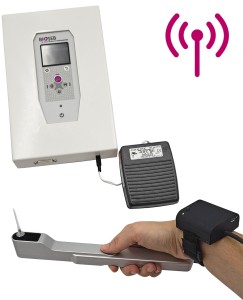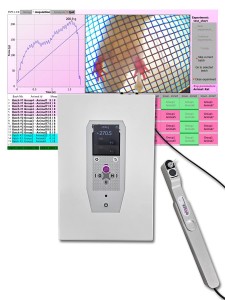Authors
R D'Amico, M Cordaro, R Siracusa et al
Lab
Department of Biomedical and Biotechnological Sciences, University of Catania, Catania, Italy
Journal
Biomedicines
Abstract
Fibromyalgia (FM) is a chronic condition characterized by persistent widespread pain that negatively affects the quality of life of patients. The WNT/beta-catenin signaling pathway seems to be involved in central sensitization and different pain states. The objective of this study was to investigate the beneficial effects of a new compound called Hidrox (HD), containing 40Ð50% hydroxytyrosol, in counteracting the pain associated with FM. An FM-like model was induced in rats by subcutaneous injections of reserpine (1 mg/kg) for three consecutive days. Later, HD (10 mg/kg) was administered orally to the animals for seven days. Reserpine injections induced WNT/beta-catenin pathway activation, release of pro-inflammatory mediators as well as a significant increase in oxidative stress. Daily treatment with HD was able to modulate the WNT/beta-catenin and Nrf2 pathways and consequently attenuate the behavioral deficits and microglia activation induced by reserpine injection. These results indicate that nutritional consumption of HD can be considered as a new therapeutic approach for human FM.
BIOSEB Instruments Used
Electronic Von Frey 4 (BIO-EVF4),Electronic Von Frey 5 with embedded camera (BIO-EVF5)
Source :

 Pain - Thermal Allodynia / Hyperalgesia
Pain - Thermal Allodynia / Hyperalgesia Pain - Spontaneous Pain - Postural Deficit
Pain - Spontaneous Pain - Postural Deficit Pain - Mechanical Allodynia / Hyperalgesia
Pain - Mechanical Allodynia / Hyperalgesia Learning/Memory - Attention - Addiction
Learning/Memory - Attention - Addiction Physiology & Respiratory Research
Physiology & Respiratory Research

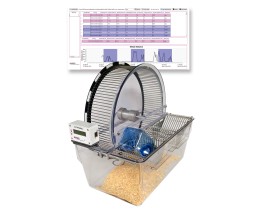



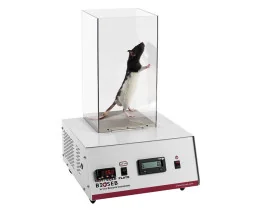
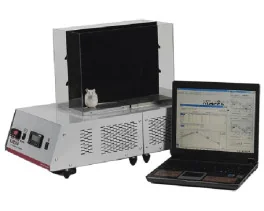

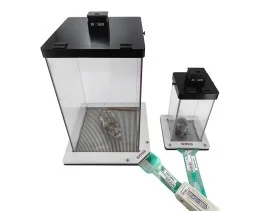


![Dynamic Weight Bearing 2.0 – Postural Module [Add-on]](https://bioseb.com/733-home_default/dynamic-weight-bearing-20-add-on-postural-module.jpg)



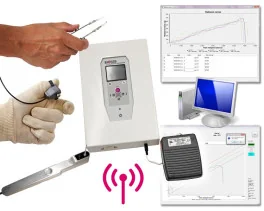



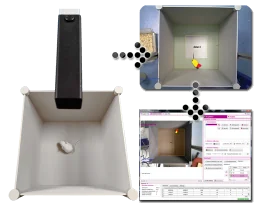


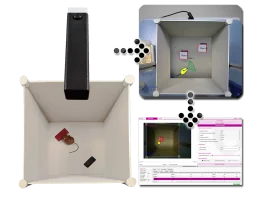













 Pain
Pain Central Nervous System (CNS)
Central Nervous System (CNS) Neurodegeneration
Neurodegeneration Sensory system
Sensory system Motor control
Motor control Mood Disorders
Mood Disorders Other disorders
Other disorders Muscular system
Muscular system Joints
Joints Metabolism
Metabolism Cross-disciplinary subjects
Cross-disciplinary subjects CONFERENCES & MEETINGS
CONFERENCES & MEETINGS 